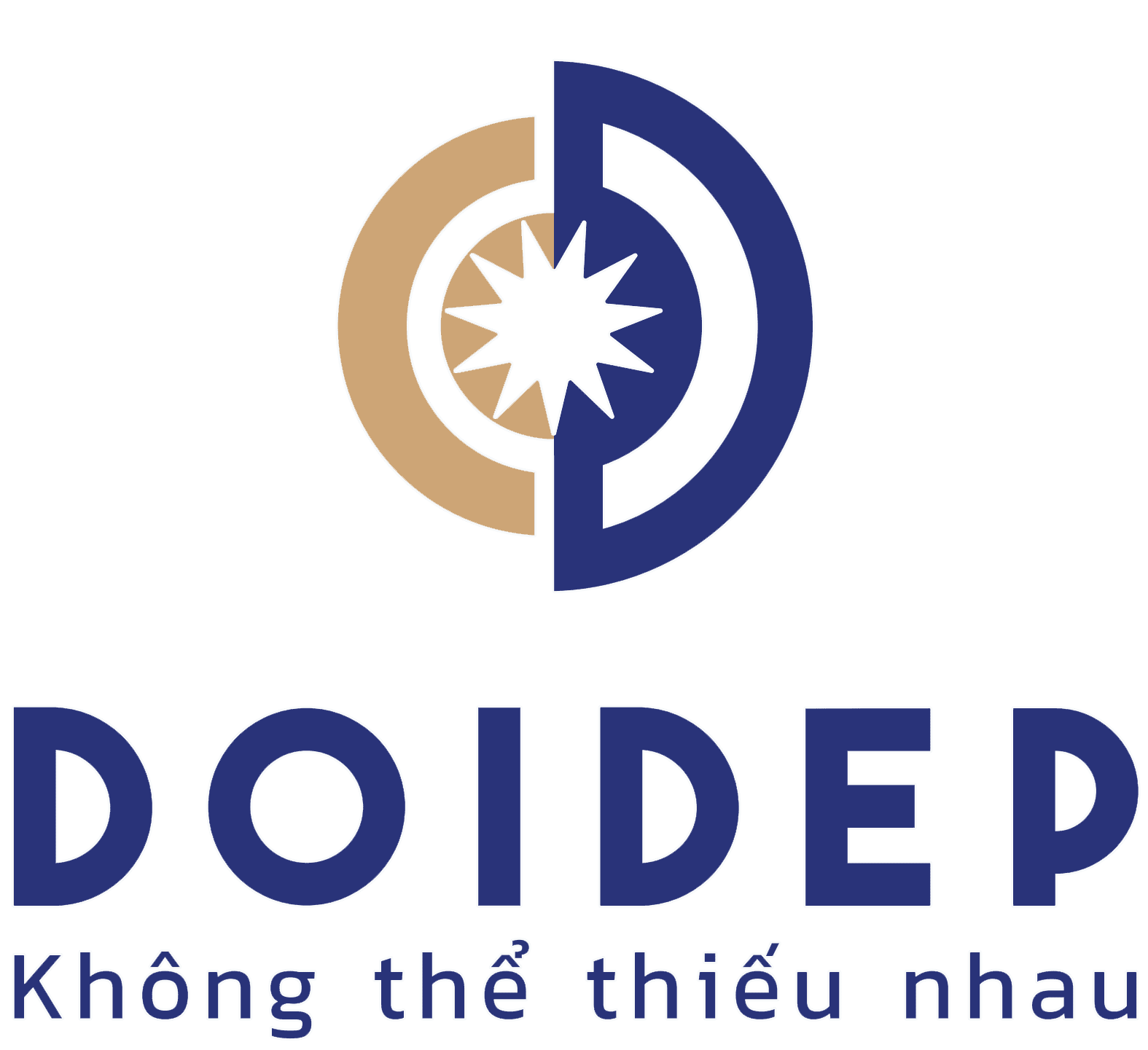Hung Vuong cultural space
Hung Temple on Phuong Hoang Mountain in Lam Dong is the land of origin of a nation that has for thousands of years still preserved national cultural values and folk legends are a unique and indispensable cultural form in spiritual life. of our people are nurtured and developed more and more, enriching the treasure of Hung Vuong's cultural space.
Hung King folk legends and festivals – Memories of the Hung King Era
The Hung King era is a real era in the nation's history of existence and development but has not been fully recorded by official history. The Hung King era existed and accompanied the development of Vietnamese culture because there currently exists and preserves a Hung King cultural treasure in which folk legends occupy an important position. Folk legend Hung Vuong is a living soul that greatly contributes to creating the appearance of Hung Vuong Culture. Folk legends are stories passed down among the people, an important bridge connecting today's generations with the good traditional past of their ancestors. Although there are still rustic, simple and unsophisticated features, folk legends reflect the diversity of daily life and good moral traditions of our ancestors from thousands of years ago.
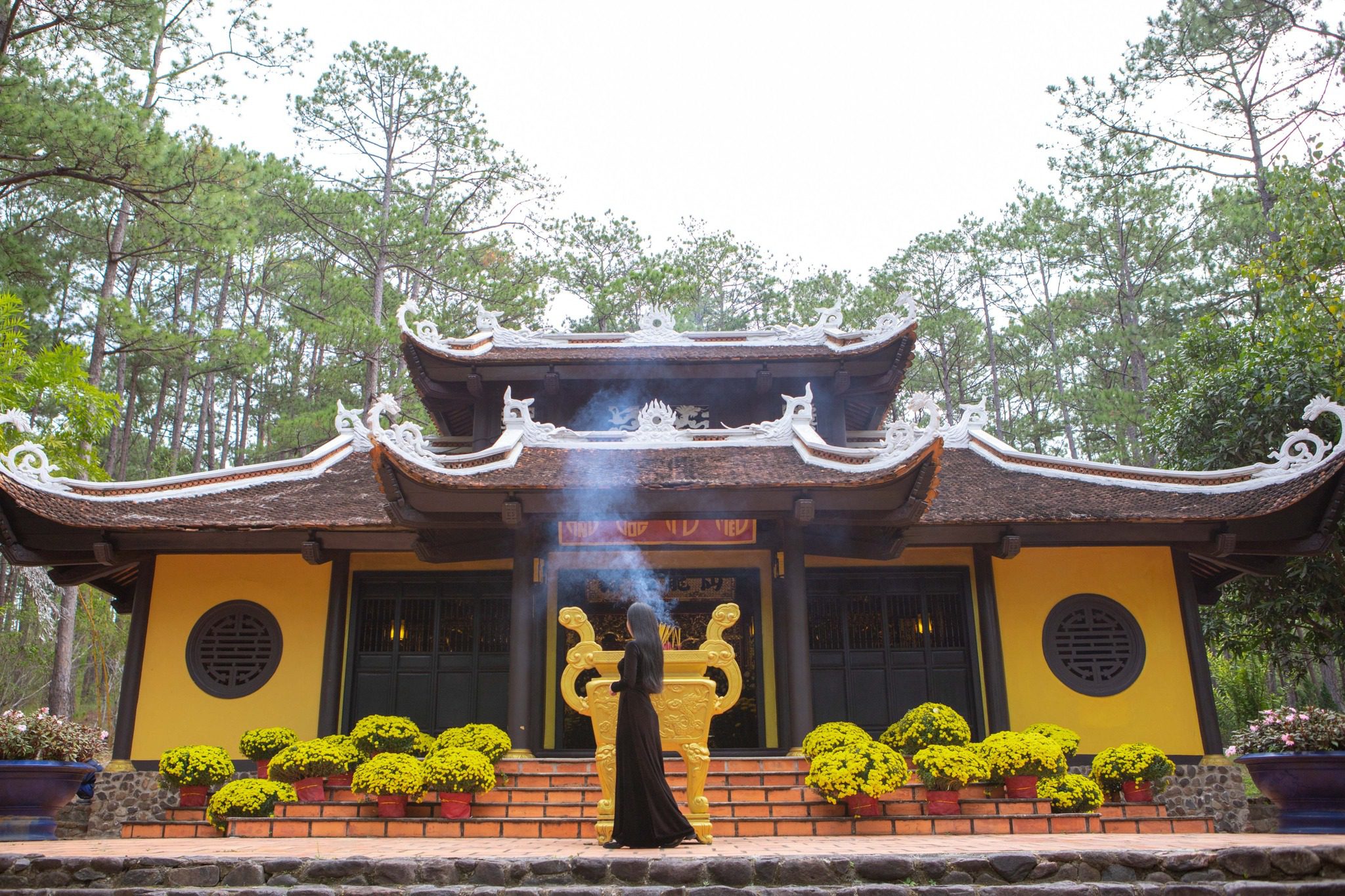
In legend, the Hung Vuong dynasties lived close to the people, for the people, in a very simple, everyday life, so in the space where the Hung Vuong Dynasty had its capital (now Viet Tri city - Phu Tho province), anyone Every place in this place is associated with legends reflecting the King's customs, daily life, labor...: the King's palace in Viet Tri village (Ca village Archaeological Relic Area - now in Tien Ward). Cat, Viet Tri city); Tien Cat Mound is where the King ordered the construction of a bridegroom palace, forming the legendary story Son Tinh - Thuy Tinh; The palace area where the King and his wife and children lived were: Upper Floor, Lower Floor, Southern Floor, Dragon Floor, Upper Floor, Than Floor, Moon Floor, Upper Floor, Lower Floor, Left Floor, Right Floor, Long Tu Floor, Long Huong Floor, Thien Bao Floor, Nhat Trung Dinh Floor (now in Trung Vuong commune, Viet Tri city); Phuong Lau on the banks of Lo River for the King to cool off and watch boats go up and down (now belongs to Phuong Lau commune, Viet Tri city); The King's Temple worshiped his ancestors, later establishing Thanh Mieu village - now in Thanh Mieu ward - Viet Tri city; Parasol Tower (now in Kim Duc commune - Viet Tri city) is where the Lac lords live; Cam Doi village (now in Thuy Van commune, Viet Tri city) has a military training camp; Dong Lu (now in Minh Nong ward, Viet Tri city) was the King's field, used to teach people how to farm peanuts and grow rice; Lu Vua Market was established to buy and sell rice; Ma Lao Mound is where King Hung rested his horse while hunting; Hoa Phong Hill (now belongs to Nong Trang Ward, Viet Tri City) is the place for the King's grain and straw storage; Huong Tram field (now in Du Lau ward, Viet Tri city) is where Prince Lang Lieu planted fragrant sticky rice to make banh chung and banh day to present to the King; Also here is the King's Betel Garden; Tam Thinh village (now in Van Phu ward - Viet Tri city) is where people pound rice to offer to the King; Khang Phu village (Chu Hoa commune), Co Tich village (Hy Cuong commune) have the King's tomb...
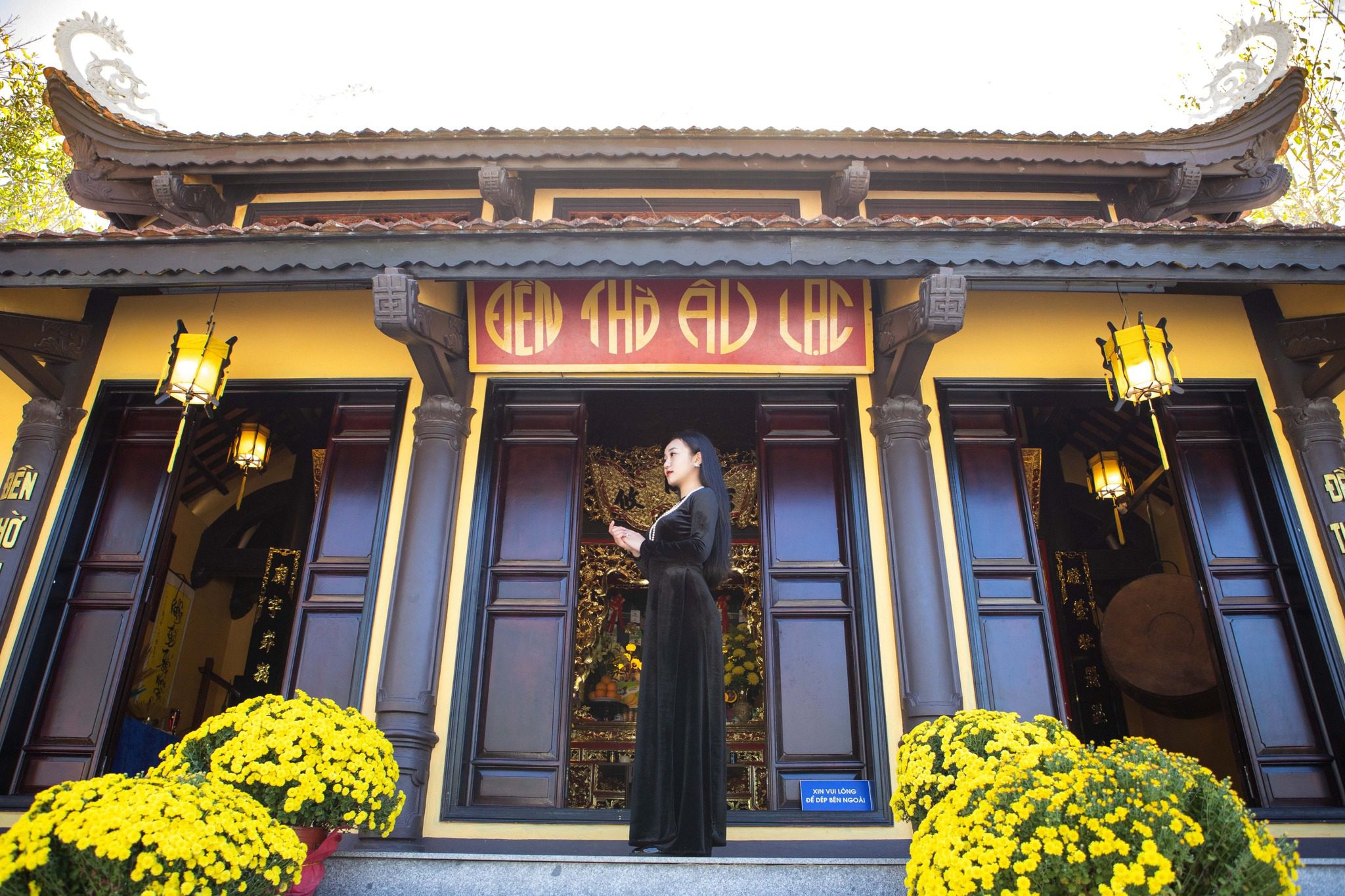
The folk legends of the Hung King period were deeply ingrained and rooted in the spiritual life of the people, each village and commune... The people all passed down fascinating and vivid folk legends about the image of a The King of everyday folk. Mr. Nguyen Van Hieu, Phuong Lau village, Phuong Lau commune, Viet Tri city, Phu Tho province tells about the Legend of Xoan singing:
King Hung's wife was pregnant for a long time until she was due to give birth. She kept having stomach pains but could not give birth. The servant said: There is a beautiful girl, Que Hoa, who can dance and sing well, so taking her home to dance and sing can help the Queen relieve her pain and give birth. The Queen obeyed and invited Que Hoa to come (Que Hoa is in the city). Phong Chau), obeyed and summoned Que Hoa to pay homage to the king's wife. At that time, the King's wife was in severe labor pain so she asked Que Hoa to stand in front of the bed and dance and sing. Que Hoa sang well and danced well. The Queen was so busy watching the dance and singing that she did not feel pain, and gave birth to three handsome and handsome sons. At that time, it was Spring, King Hung highly praised Que Hoa and ordered the My Nuongs to learn those dances and songs, which were later called Xoan singing - Xoan is a deviated word for Xuan (because the King's wife's real name is Xuan). , due to the taboo of traditional names, Xuan singing is called Xoan singing.
Local historian Vu Kim Bien, currently living in Hop Hai area, Minh Nong ward, Viet Tri city, based on the book Linh Nam quoc quai (15th century) recounts the legendary stories: The story legend of Day cake and Chung cake; The legendary story of King Hung teaching people to cultivate rice; The Legend of Watermelon. Through the stories of the Hung Kings' era, they appear vividly and have the effect of educating patriotism for future generations.
The value of folk legends
The folk legend of Hung Vuong has existed along with the ups and downs of the Vietnamese nation's history, built a tradition of patriotism and love for the people, forming the core of the Vietnamese people's soul, containing the aspirations of the Vietnamese people. Expectations about the life of Van Lang residents with the Red River civilization - wet rice cultivation civilization.
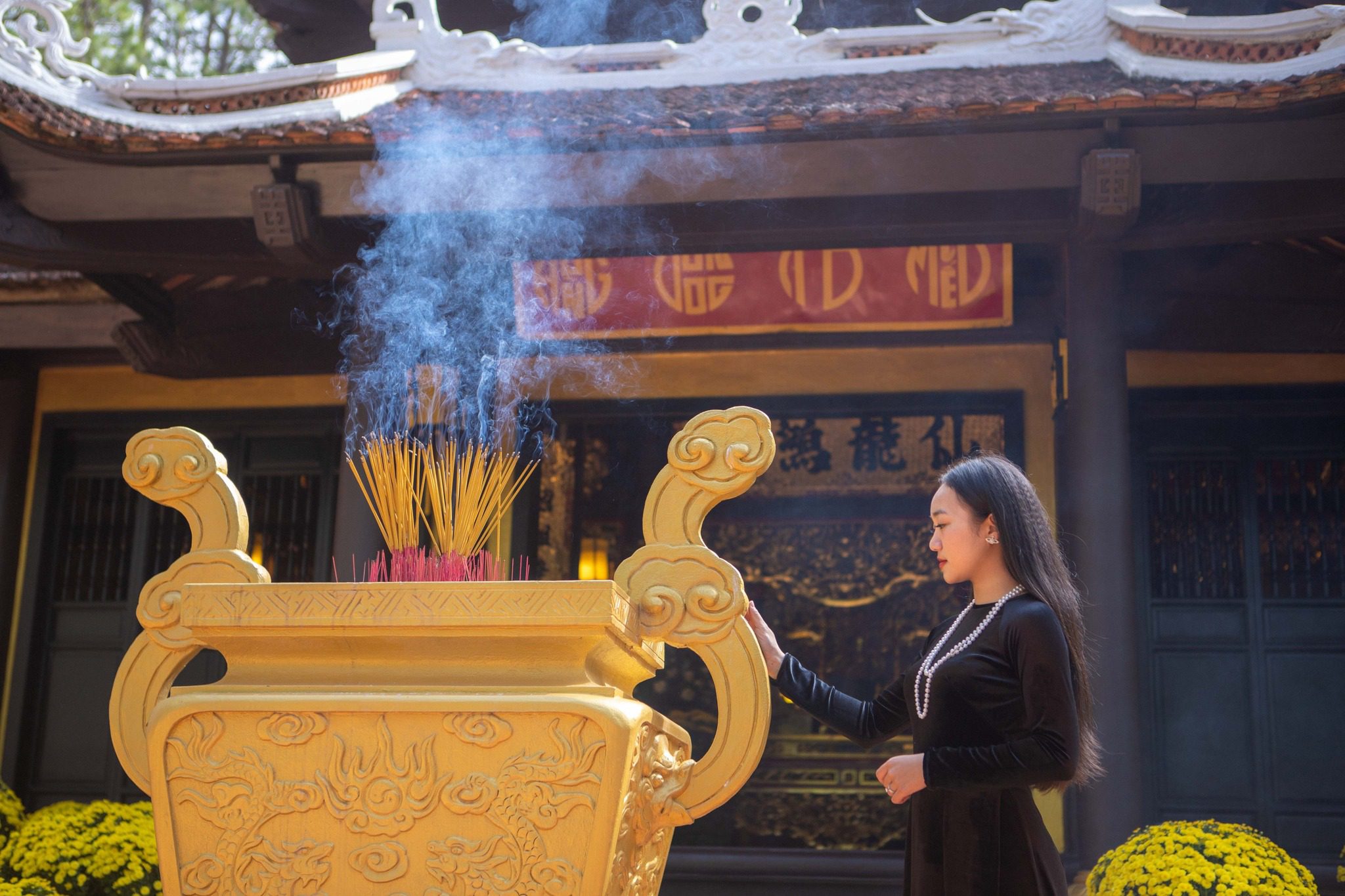
The birth of the folk legend of Hung Vuong reflects the high level of development of Van Lang's agricultural residents, demonstrated through the construction and architecture of creating castles, citadels, palaces, training soldiers to fight against invaders, know how to process food (baking), performing arts (Xoan singing) and especially have formed ancestral worship rituals, formed a hereditary clan system, and established father-son, wife-wife morality. husband... Folk legends reflect a remarkable progress from a slash-and-burn economy to an economy of wet rice cultivation.
The Hung Vuong folk legend remembers the merits of the Hung Vuong dynasties, especially it has transformed into the daily lives of historical figures attached to the daily lives of the people through traditional customs. Restaurants in rituals, beliefs, marriages... show the community's manners, holidays, festivals... Folk legends are the humanistic nucleus in the spiritual life of Vietnamese people to convey the message of noble living of the ancients to today's generation.
The Hung Vuong folk legend has a place in the Hung Vuong cultural treasure because it materializes life very vividly through actions and very simple gestures close to the daily lives of the people. reflects the history of building and defending the country of our ancestors. From legend, the image of the pure and simple kings in the village community and national community reflects the wishes of workers for the community, so it has a strong vitality in the public.
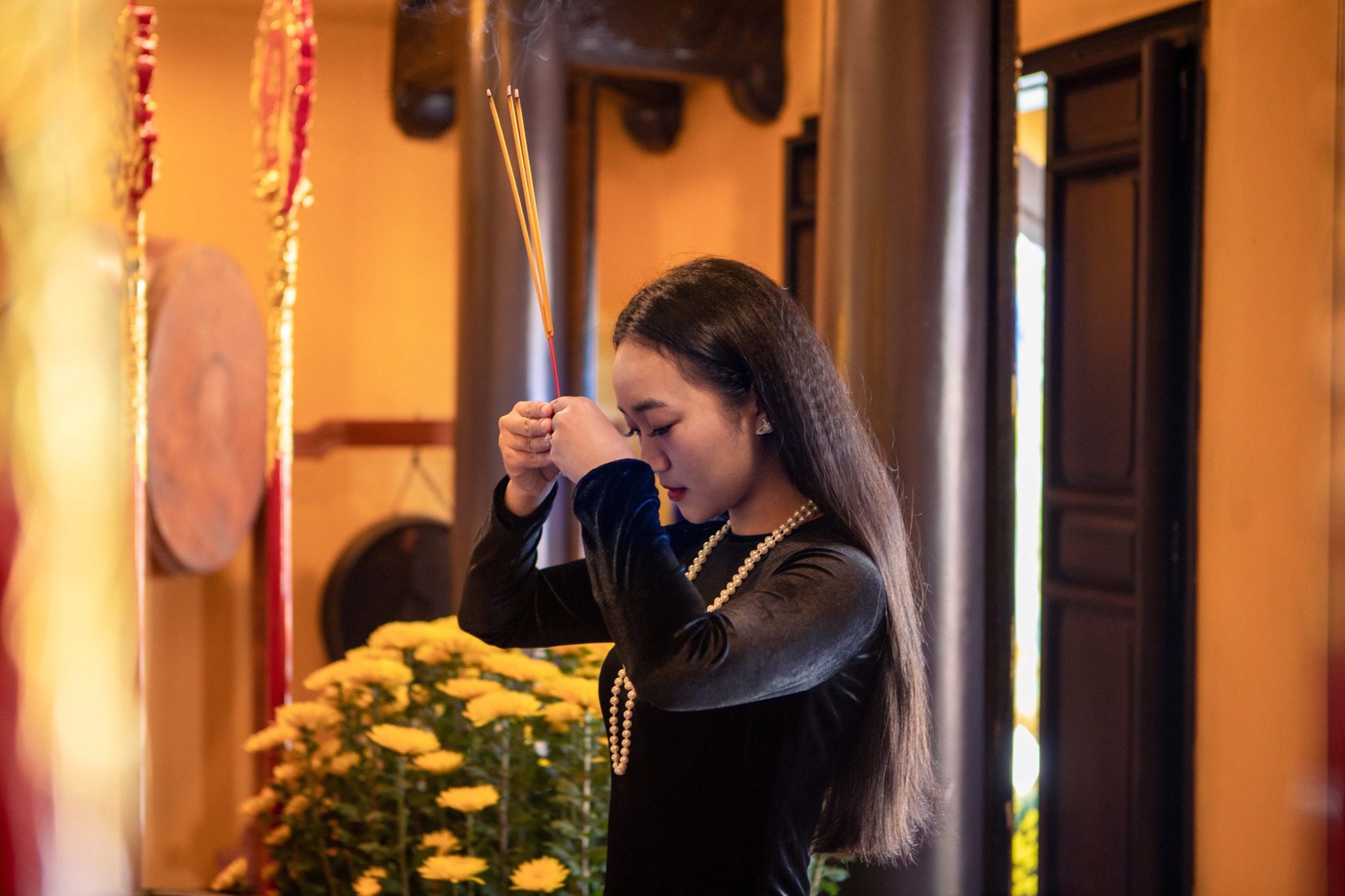
Folk legends have a profound educational content for people about family and social behavior, are the cohesion of the village community, and demonstrate the harmonious relationship between people and people. with society, people with nature. At the same time, folk legends are the foundation for forming a system of folk festivals rich in cultural identity during the Hung King era.
Today, with the explosion of information and the intrusion of outside culture affecting community life, the rapid growth of modern audio-visual media along with the fast pace of people's lives. before the strong impact of the market economy. Cultural tastes and perceptions are changing, not to mention that folk legends are facing the challenge of disappearing, we must always be proactive to find effective methods and measures to preserve these traditions. this extremely valuable cultural heritage.
Some conservation solutions
Regarding preserving and promoting cultural heritage, the 5th Central Resolution (term VIII) on building and developing an advanced Vietnamese culture imbued with national identity sets out a specific task: "Heritage Culture is an invaluable asset that unites the community, is the core of national identity, and is the basis for creating new values and cultural exchange. Paying great attention to preserving, inheriting and promoting traditional cultural values... including both tangible and intangible culture. Research and educate extensively about the good national morals left by our ancestors."
Hung Vuong folk legend was born from the community, the people are the ones who create and preserve this extremely valuable intangible cultural capital, so the community environment is also the environment to maintain and nurture. best nourish, regenerate and revive folk legends. We are striving to build an advanced Vietnamese culture rich in national identity on the basis of preserving and promoting the best traditional cultural assets of the nation. Preserving and promoting Hung Vuong Culture in the current and future periods is set out with a strategic vision of both breadth and depth with many contents and methods. The question is how we must preserve and promote this folk legend when we are moving into a period of industrialization, modernization and integration, stemming from practical research on requirements. Some conservation measures are needed according to the following content:
The first, On the basis of building the Hung Vuong cultural space along with developing the economic and tourism potential of Phu Tho province, it is necessary to recreate the Hung Vuong legend through cultural art works. Currently, the urbanization rate of Viet Tri city is taking place at a high speed, places associated with many legends such as Tien Cat ward, Nong Trang ward, Du Lau ward, Minh Nong ward... are administrative units. The city center itself has the largest population density and the strongest urbanization rate, so building the Hung Vuong cultural space requires special attention to places related to the Hung Vuong legend. There must be a master plan and priority given to land funds in these locations to recreate cultural and artistic works, bringing legends to life through sacred spaces such as recreating the Bride's Cocoon Pavilion. of the King in Tien Cat ward, restored the King's betel garden, maintained Prince Lang Lieu's fragrant sticky rice field in Du Lau ward, preserved Dong Lu (in Minh Nong ward) - where King Hung taught people to grow rice ... in order to attract tourists while preserving the cultural value in each folk legend.
Monday, Continue to investigate and collect folk legends through artisans and elders in the region and outside the province. Conduct investigations and collect documents, tapes, and films as a basis to restore lost folk legends and rituals that have been lost and are at risk of being lost... Yes plans for storage and preservation using modern means such as tape recording and disc recording for long-term storage and preservation; At the same time, conveying folk legends through various forms of theater and art to perform, introduce, promote, preserve and teach to future generations through professional cultural activities. and amateurs such as performances and storytelling contests about folk legends during festivals, cultural activities in villages and communes... Folk legends only have soul and vitality when the people themselves are the ones who compose them. , both preserved and performed. Consider folk legends as Hung Vuong cultural specialties to introduce and promote to domestic and international tourists at the annual Hung Temple Festival and in localities worshiping Hung Vuong.
Tuesday, Folk legends have a profound impact on love for the homeland and country, suggesting understanding of ancestral origins, so it is necessary to include Hung Vuong folk legends in school education at all levels of education. Content needs to be selected to suit psychology, age and each level of education. Gradually diversifying forms of teaching and learning such as through storytelling, through music lessons and even extracurricular field trips in the land of the ancestors so that students can understand and have the mindset to find their ancestors' roots. him and his people.
Wednesday, With the common purpose of preserving and promoting the cultural capital of Hung Vuong folk legends, we must understand the goodness, beauty, and noble humanity in each folk legend to have the right mindset and love comes to multiply the better, more beautiful and positive things left by our ancestors. Invest in research on the history of formation, existence and development of Hung Vuong folk legends and its influential role on customs, practices, lifestyle and thinking of people in cultural life. communityization. Exploiting unique games and performances, based on that popular propaganda to promote the positive aspects of the legend to enrich the cultural treasure of Hung Vuong.
Thursday, Restore and preserve folk festivals associated with the legend of Hung King such as President Dien Festival, Xoan singing festival, Chung cake wrapping contest, Day cake pounding contest and festivals related to the Hung King era... all in terms of content and form, creating a rich treasure for the Hung Temple Festival. Resolutely prevent and eliminate ideological manifestations that go against traditional national cultural values, taking advantage of folk festivals to engage in superstitious activities, taking advantage of Hung King worship to cause drama. Psychological changes and divisions cause national disunity in the Vietnamese ethnic community.
Hung Vuong folk legend is a cultural product that was crystallized from the thousands of years of history building and defending the country and has been contributing to the beauty and richness of the nation's cultural heritage. Preserving and promoting the value of Hung Vuong folk legends and passing them on to future generations is the responsibility of each of us.
(Collect)
